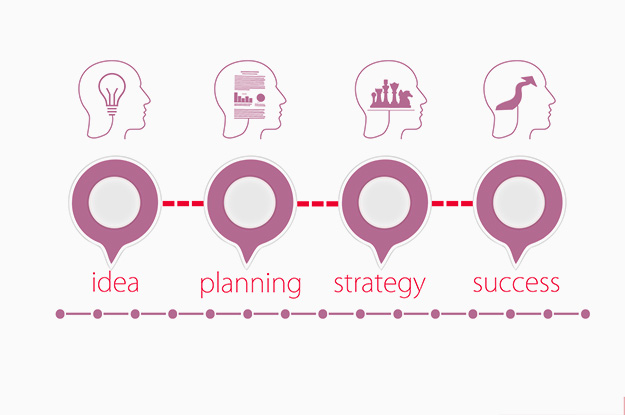What is the FMEA form?
The FMEA form is a documentation basis that companies can use to the best advantage for identifying, evaluating and eliminating failures. It contains various templates on which the user documents the failures, the causes of the failures and the consequences of the failures. Furthermore, the person responsible for the FMEA notes all actions taken to eliminate the individual failures in the list and what results the company has achieved with the actions taken.
If the documentation basis for the failure analysis is continuously maintained, the results can be transferred to similar production processes. The applying company hereby uses the advantage of time and cost saving. Without the use of the form or suitable software for failure analysis, more time and capital must be invested in failure analysis.
What is behind the FMEA?
While a company is initiating the product development process, it often comes to errors that can have a negative impact on the further course of the creation of a product. This is where the company must step in and initiate a comprehensive failure analysis.
In the best case, the company has developed a risk management system that allows it to optimally verify the failures and potential sources of failures. The company's actions are ideally complemented by the use of suitable software, which supports the user ideally in the analysis and elimination of all failures.
How is failure analysis used optimally in a company?
Software-driven failure analysis can be used in various industries and business sectors. Both in the automotive industry and in medical technology, the tools integrated in the software can be used to find all defects that negatively affect a product development process.
The person responsible for failure analysis - this can be a trained employee or an external service provider - brings together several failure analysis components with the application. These components are the system-oriented failure analysis, the design-related failure analysis and the process-oriented failure analysis.
In system-oriented failure analysis, the person responsible focuses on the higher-level system network of the product creation process. Initially, the product creation process as a whole is observed. The results are then transferred to individual sub-areas of the product creation process.
The design-related failure analysis refers to the process that is initiated before the actual product creation. Here, the aim is to identify and analyze the errors that can arise during the planning and design of the product creation process.
Finally, the process-oriented failure analysis follows. Here, the focus is on summarizing the two previous analysis procedures. By performing the process-oriented failure analysis, the company ensures that as many failures as possible are identified and eliminated. As a result, the company obtains the best preconditions for being able to carry out a product development process without any disruptions.
What are the advantages of the FMEA form?
For optimal use of the failure analysis, the service provider commissioned to carry it out uses the FMEA form. First, all failures found with the help of the software tools are entered here. The next step is to analyze the failures in terms of their risk status. Failures that have a direct impact on a product development process must be eliminated immediately. But for other failures, the company must also take action associated with eliminating the error.
In each case, it is important to accurately record the failure, its cause, and the action taken to eliminate it. The FMEA service provider also uses the failure analysis form for this purpose. With the documentation, the company records all the information in writing that it can use for a subsequent failure analysis process. This proves to be particularly advantageous when a large number of similar product development processes are initiated in a company. This is because the company does not have to start the failure analysis from scratch. It uses the information that the person responsible for the failure analysis has recorded in the form. This can save both time and money.
The efficient failure analysis form serves as a written basis for the FMEA team meeting. All persons involved in the failure analysis take part in this meeting.
In this way, the failure analysis form supports the risk management system already installed by the company to prevent failures.
What support is provided by a suitable software for failure analysis?
The use of an FMEA form is ideally supported by the use of a suitable software for failure analysis. Here, the user applies the tools that best support him in carrying out the failure analysis. The results of the individual steps of the failure analysis are recorded directly in the form. The user thus benefits from the advantage that the failures found are not only recorded in full. The entries also contain all the information that is relevant for subsequent use of the form.
Conclusion
With the use of a suitable software and the FMEA form, failures that creep into a product development process can be optimally identified, evaluated and eliminated. The tools integrated in this software offer the user all the possibilities to best support an in-house risk management.
In doing so, a company does not only benefit from identifying and eliminating all relevant failures. If the information is sufficiently documented, a knowledge store is built up over time, which the company can access again at any time. This approach makes it easier to analyze subsequent product development processes. This saves the company not only time, but also money.
In summary, a company can ideally use the failure analysis form and software to initiate innovative failure analysis in the future.
